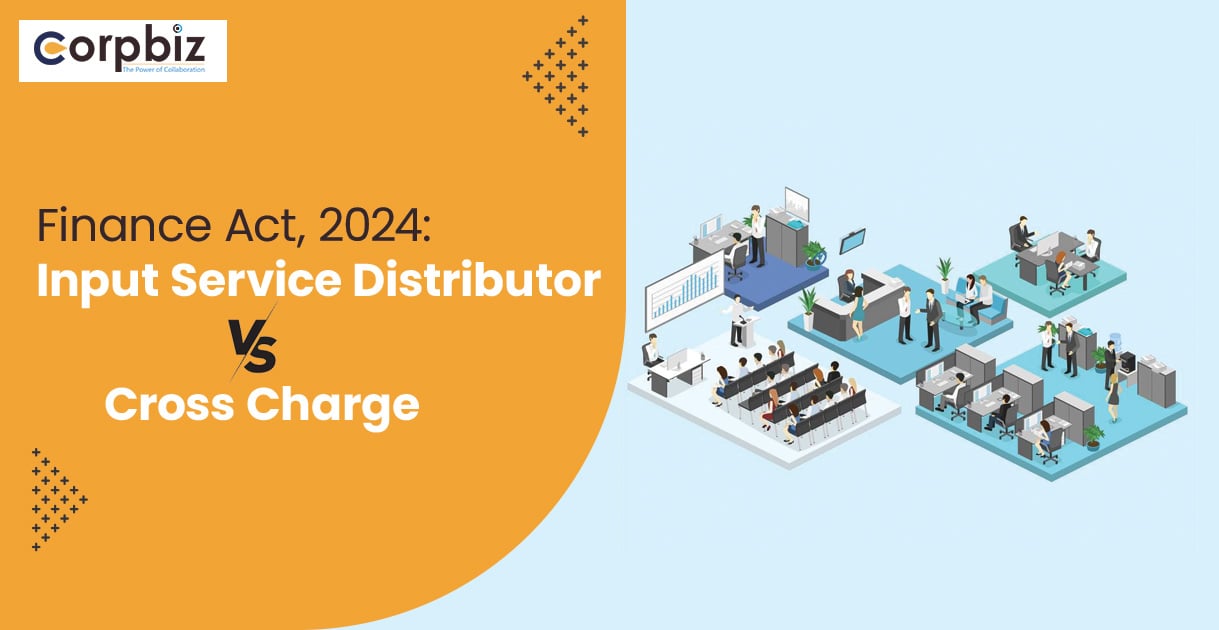By 2024, the market for carbon credit trading platforms is expected to be valued at US$ 159.3 million. By 2034, the market is projected to reach US$ 815.0 million. The market is expected to grow at a compound annual growth rate (CAGR) of 17.7% from 2024 to 2034. The global community is striving to meet the net zero objectives.
Economic transformation is a whole because of climate change. One of the main drivers of carbon trading platforms is the anticipated demand for carbon credits in the future, however, the carbon credit is viewed as a financial instrument to lower carbon emissions rather than raise them. In this post, we will discuss the carbon credit trading platform market.
About Global Carbon Credit Trading Platform Market
A carbon credit authorises a restricted quantity of greenhouse gas emissions containing carbon dioxide. Generally, one credit is good for one tonne of CO2 emissions. The fundamental idea is to cap the overall number of emissions and gradually reduce them over time.
Digital marketplaces called carbon trading platforms are used to buy and sell carbon credits. These platforms facilitate the trade of issued emissions from firms or governments with excess emissions from others, either from low emissions or from the acquisition of green projects.
The market size for carbon credit trading platforms was estimated to be USD 112.4 million in 2022. The Market is anticipated to expand at a compound annual growth rate (CAGR) of 17.4% from 2023 to 2032, or USD 556.8 million. The growing global emphasis on sustainable practices and the pressing need to address climate change drive notable growth in the carbon credit trading platform market.
Platforms for trading carbon credits are crucial enablers in this effort. They offer a vibrant market for the purchase and sale of carbon credits. These platforms are essential in helping the economy shift to a low-carbon one by providing creative ways for businesses to reduce their carbon impact.
Importance of Carbon Credit Trading Platforms
The increasing need for carbon credit trading platforms results from the world’s transition to more environmentally conscious and sustainable activities. As the importance of achieving carbon neutrality and lowering greenhouse gas emissions increases, governments and corporations seek efficient ways to offset their carbon impact. This demand increase indicates a fundamental shift in corporate thinking, as sustainability is now seen as a strategic imperative rather than just an option.
Tightening environmental rules worldwide drives the need for carbon credit trading platforms. Governments are setting strict goals for reducing emissions, and companies have to follow these orders. Trading in carbon credits gives businesses an adaptable way to comply with regulations and promotes the shift to a low-carbon economy. This requirement stems from a proactive effort to remain ahead of legislative changes and establish organisations as sustainability leaders, in addition to compliance.
Position carbon credit trading schemes as essential tools for businesses to meet regulatory compliance and achieve sustainability goals, enabling effective carbon footprint reduction in a rapidly evolving environmental landscape.
Key Market Trends and Highlights
Technological developments such as blockchain, AI, and big data analytics make creating more transparent and efficient carbon credit trading platforms easier. Specifically, blockchain technology makes transactions safe and transparent, essential to preserving the integrity of the carbon credit markets.
The increased funding for carbon offsetting programs and renewable energy projects is driving the supply of carbon credits. Platforms for trading carbon credits offer a market for buyers and sellers to exchange these credits, promoting the financing of green initiatives.
There is an increasing demand for carbon credits in voluntary markets due to consumer preferences and business social responsibility programs. Platforms for selling voluntary carbon credits allow people and businesses to reduce their carbon impact voluntarily.
Carbon credit trading provides financial incentives for companies to invest in sustainable practices and emission reduction projects. Project developers, brokers, and trading platforms are among the parties who stand to gain financially from the carbon credit market.
Key Drivers of the Carbon Credit Trading Platform Market
Growing awareness of the significance of carbon credits and trading platforms as instruments for reducing environmental impact has been brought about by increasing worries about climate change and the need to reduce greenhouse gas emissions.
Government policies and strict environmental restrictions to lower carbon emissions drive the growth of carbon credit trading systems. Governments worldwide are implementing cap-and-trade and carbon pricing schemes to encourage businesses to reduce their emissions.
Many businesses are reducing their carbon footprint by committing to sustainability targets. Trading platforms for carbon credits allow businesses to buy carbon credits produced by environmentally friendly initiatives to offset their emissions.
Emissions trading programs are becoming more widespread globally. Examples include the California Cap and Trade Program, the national carbon market in China, and the European Union Emissions Trading System. The programs generate substantial demand for trading platforms and carbon credits.
Leverage Carbon credit trading platform to align with ESG strategies, meeting sustainability targets while capitalizing on global emissions trading program. These platforms enable companies to offset their carbon footprints, demonstrating environmental stewardship.
Carbon Credit Trading Platform Market Research, 2032
Carbon credit trading platforms are crucial in the global effort to combat climate change and advance sustainable practices. These online marketplaces enable the exchange of carbon credits, representing a unit of carbon dioxide (or comparable greenhouse gas) that a person or organisation has reduced or eliminated from the environment.
Companies and organisations can offset their carbon emissions, support sustainable projects, and contribute to lowering greenhouse fuel emissions by exchanging carbon credits.
The market for carbon credit trading platforms is mainly driven by the growing awareness of climate trade and its possible impacts on the environment and human well-being. Globally, organisations, corporations, and individuals are more aware of their carbon footprints and are looking for superior ways to lower their emissions.
The solution to transparent carbon trading is carbon credit score trading, which offers a way to fund and support programs that reduce greenhouse gas emissions or advance renewable energy. The market is expected to flourish at a CAGR of 17.4% from 2023 to 2032.
Blockchain Technology ensures Transparent Carbon Credits
Technological advancements are a significant factor in the market expansion of carbon credit trading platforms. The tracking and trading of carbon credits have undergone a radical change because of the introduction of blockchain technology. Building trust and credibility, as per the market, requires carbon credits to be transparent, secure, and traceable, all of which blockchain technology ensures.
Furthermore, governments and global accords like the Paris Agreement have also contributed to expanding the carbon trading industry. Governments committed to achieving specific emission reduction goals frequently establish national or local cap-and-trade schemes, generating demand for carbon credits exchanged on online marketplaces. Furthermore, global collaboration and support for carbon discount programs in developing countries have expanded market reach and impacted zero carbon emission ambitions.
Nonetheless, there are several expansion prospects in the market for carbon credit trading platforms. The increasing number of businesses implementing sustainability and corporate social responsibility programs has led to a need for carbon credits to demonstrate their commitment to environmental protection. Moreover, incorporating carbon credit trading with other sustainable finance instruments, including green bonds, presents novel market growth and advancement opportunities.
Governments, companies, and environmental firms must collaborate to advance the market for carbon trading platforms. Public-private partnerships and initiatives support clean technology and sustainable efforts, creating a more diverse and robust market environment.
Benefits of the Carbon Trading Platform
Carbon credit trading platforms drive environmental sustainability by incentivizing emission reduction and creating economic opportunities by selling carbon credits. They enhance market efficiency, connecting buyers and sellers in a transparent and centralized marketplace. Below are some of the benefits of the carbon trading platform are stated briefly:
Environmental Impact
Platforms for trading carbon contribute greatly to the overall decrease in GHG emissions. By putting a price on carbon, these platforms provide commercial organizations incentives to create innovative, environmentally friendly processes.
Economic Opportunities
The platforms work to raise credits from carbon emissions reductions or avoidances or to monetise those reductions. Projects to improve energy efficiency, reforestation, and renewable energy sources can all provide carbon credits that can be sold for a profit.
Market Efficiency
Put, digital trading systems increase market efficiency by creating a centralised marketplace that connects buyers and sellers. Lowering transaction costs, improving liquidity, and providing real-time pricing information result in better decision-making.
Market Dynamics and Key Drivers of Carbon Credit
Stricter environmental regulations, technological advancements and increased commitments to sustainability impact the growth of the carbon credit market. These factors drive demand for carbon credits as businesses seek to offset emissions and meet regulatory requirements. However, some of the market dynamics of carbon credit are:
Regulatory Framework and Policy Support
Governments and international organisations regularly enact stricter environmental laws and carbon pricing schemes to prevent emissions. For example, the European Union Emissions Trading System (EU ETS) and various regional initiatives represent an organised market for carbon credits. This raises demand, which eventually shifts the market.
Advances in Technology
Blockchain and other digital technologies are changing the market for carbon trading. They offer higher efficiency, security, and transparency levels, making tracking, verifying, and exchanging carbon credits possible without risking fraud or double-accounting.
Corporate Sustainability Initiatives
Businesses are making increasing commitments to achieve net-zero emissions. However, to reach these targets, companies are buying carbon credits to offset the emissions they cannot eliminate, creating a massive market for carbon trading. Investor pressure to minimise carbon emissions and corporate social responsibility additionally restricts the extent of business understanding and engagement.
Growing Awareness and Participation
More people than ever know about climate change and its repercussions. It will result in consumer preferences for environmentally friendly enterprises or products, driving companies towards carbon neutrality and trading.
Challenges and Future Prospects
The carbon credit market faces challenges like standardization and market volatility, which can hinder growth. However, prospects remain strong as global efforts towards sustainability and technological advancements continue to evolve. Although, there are some of the major challenges are given below:
Standardisation and Verification
Credibility issues regarding carbon credit standardisation and verification have always existed. However, to maintain market integrity and foster confidence, the most capable verification procedures ought to be employed, and they ought to be carried out by strict international guidelines.
Market Volatility
Changing rules, market hazards, and geopolitical factors might cause volatility in carbon trading markets. Long-term growth requires stability and predictability, which are crucial components.
Integration and Accessibility
If the goal is to have a global impact, carbon trading instruments must be available to participants at different levels, including small and medium-sized businesses and developing nations.
Conclusion
These days, many companies are implementing the strategy of partially utilising carbon credits, which is quite advantageous to them. They use as much as they need for a project up to the cap established, and whatever is left over is used later for another project. As a result, they can save a significant amount of money and, should the need arise, invest in additional credits of this kind. Therefore, these permits fuel the market for carbon credits, and carbon credit systems must be very active.
Transform your carbon footprint into opportunity. Visit our website Corpbiz to lead the way in sustainable trading and unlock the full potential of your carbon credits.
Frequently Asked Question
What is the market size of the Carbon Trading Platform?
In 2022, the market for carbon credit trading platforms is expected to be worth US$ 112.4 million.
How fast is the market for carbon trading platforms growing?
The market for carbon trading platforms is expanding at 19.7%.
What are the trends in the global carbon credit trading platform?
The world’s following carbon credit trading platform trends include greater transparency, reporting, integration with financial markets, and blockchain and digitalisation.
Which Carbon Trading Platform Market application is the most popular?
The Carbon Credit Trading Platform Market’s most popular application is utilities.
Which regional market the Carbon Credit Trading Platform serve?
The most significant geographical market for the Carbon Credit Trading Platform is Europe.
What is the expected industry size of the Trading Platform?
Carbon Credit Trading Platform’s industry size is predicted to be $556.8 million.
Read Our Article: Low Investment Business Ideas











